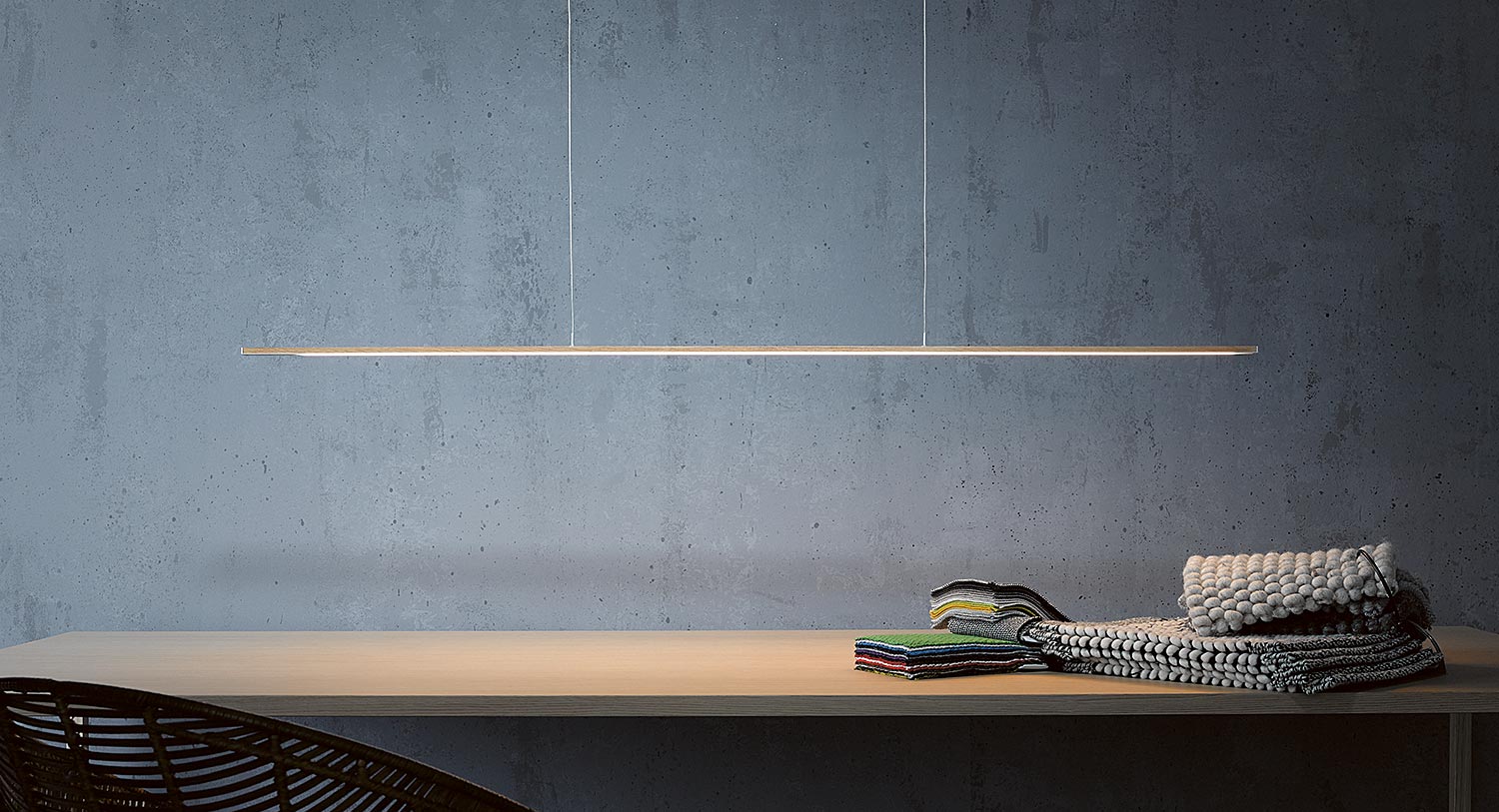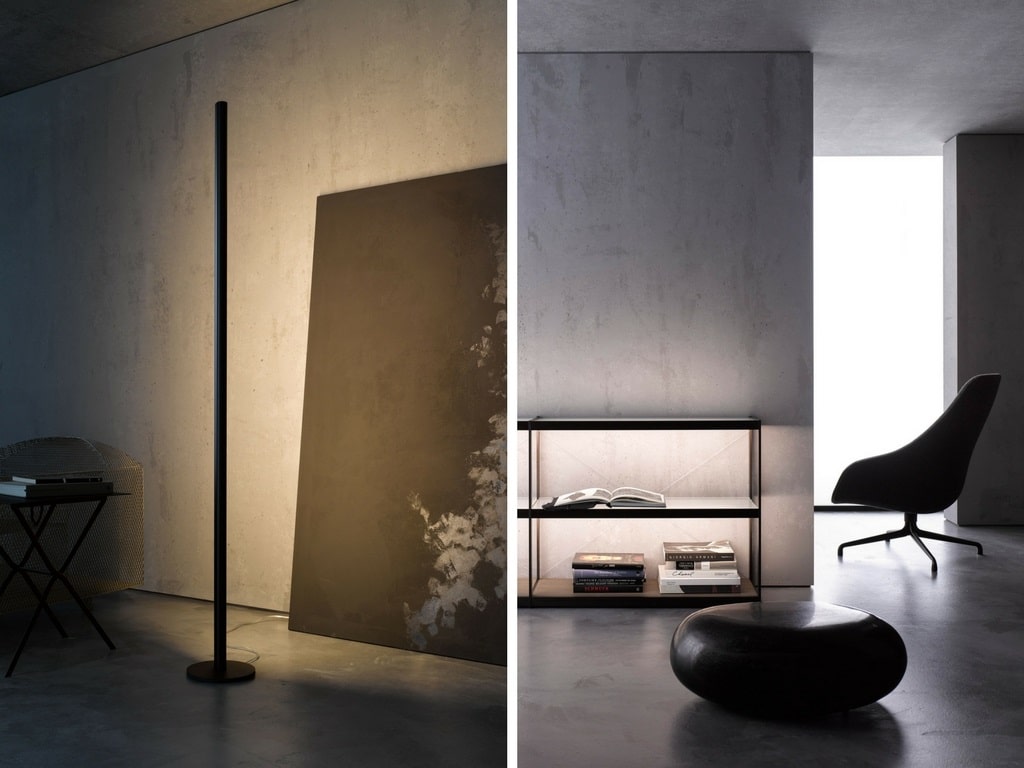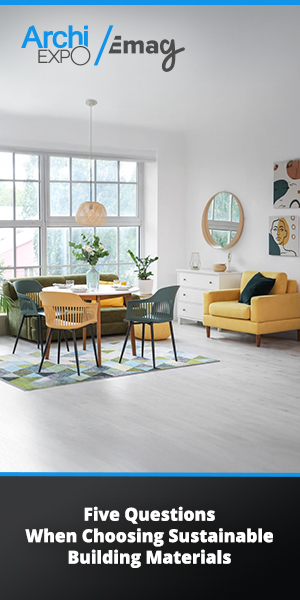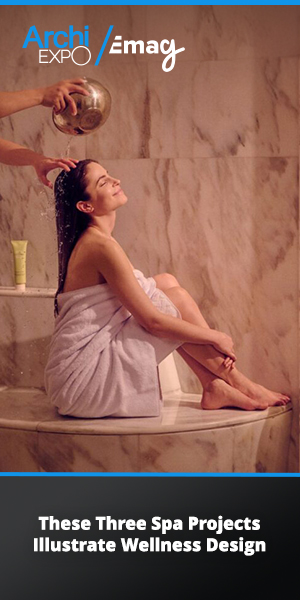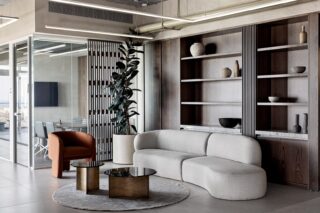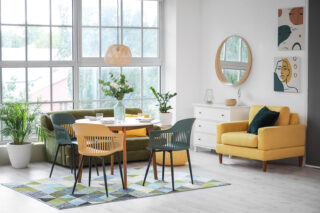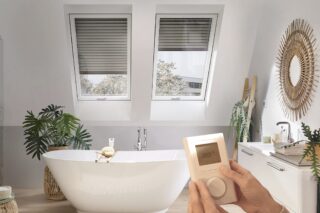In this opinion piece by architect Marina Kodakoff, whose research office RSK Architecture focuses on architecture and neuroscience, the use of LEDs is questioned. Kodakoff, trained by Pharmacist Dr Jessica Martin and Cancer Researchers Gabriele Sulli and Dr Pauline Hamdan, explains the current issue with LEDs and offers a potential solution in her article.
Good lighting is a key element of interior design. We can paint the walls the best color, use a nice flooring material and display beautiful furniture and decorative objects. But if the lighting is inappropriate, it can undercut the effect. Lights can change a room’s atmosphere. Fixture and bulb characteristics, including intensity, color temperature (measured in Kelvin), color rendering index and beam angle will affect how we perceive and respond to the emitted light.
The blue wavelengths in indoor lighting can interfere with circadian rhythms.
While most architects and designers know how to make good aesthetic use of lights, their impact on our lives is often left out of the equation. Light has a powerful physiological effect on us, influencing sleep, mood, eating habits, mental efficiency and psychological state.
The blue wavelengths in indoor lighting can interfere with circadian rhythms—our biological clock. Natural light also includes the blue end of the spectrum, but blue fades as the day goes by, disappearing before sunset. Hence the color red that we can notice when the sun is setting.
LEDs emit more blue light than other artificial lighting. The higher the Kelvin number, the more blue the light contains. In addition to their harmful effects on the retina, blue wavelengths can disrupt or even inhibit the production of melatonin. This hormone allows our body to switch to “sleep mode.”
LEDs are becoming the most widespread source of artificial lighting thanks to their energy-saving properties. The question is, How should we use them?
Ideally, we should avoid exposure to LEDs and other sources of artificial blue light after 4 pm, otherwise it may disturb the circadian cycle, delaying the secretion of melatonin and the onset of sleep. Researchers and light manufacturers are working on removing blue wavelengths from LEDs, while maintaining light quality and the cool white aesthetics.
In the meantime, we could multiply the sources of artificial light and use other types of bulbs or warmer white/yellow LEDs below 3500 Kelvin after 4 pm. On the design side, many low-power lights produce a nicer effect than a single, very bright source. In addition, multiple and diffuse sources of light eliminate dark areas and make a room feel more comfortable.
Sources:
Patrice Bourgin studies (Researcher at CNRS): “Melanopsin as a Sleep Modulator: Circadian Gating of the Direct Effects of Light on Sleep and Altered Sleep Homeostasis”
European Commission. Scientific Committee on Emerging and Newly Identified Health Risks, Health Effects of Artificial Light, European Union, 2012. Martel, Anadi.
Le pouvoir de la lumière – à l’aube d’une nouvelle médecine, Guy Trédaniel, 2016
Presti, David.
Foundational concepts in neuroscience ‘’A brain – mind odyssey’’, Norton, 2016
Antonio Damasio “Healing Architecture”
![[Op-ed] Neuroscience Enlightens Home Illumination](/wp-content/uploads/sites/7/bilddaten_d_web_header_stehleuchte_40x401-1250x669.jpg)
